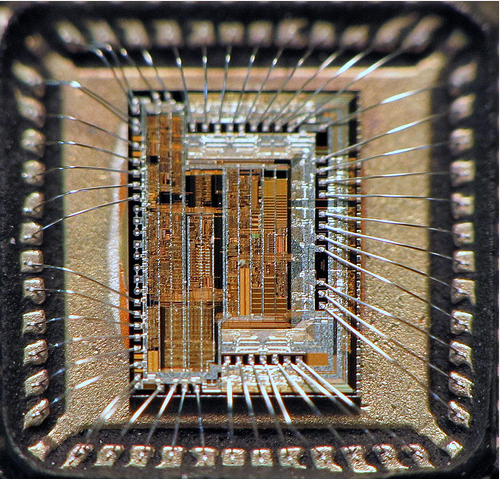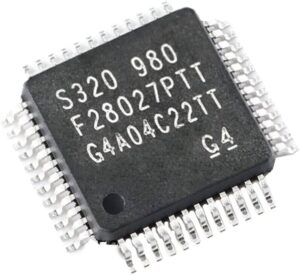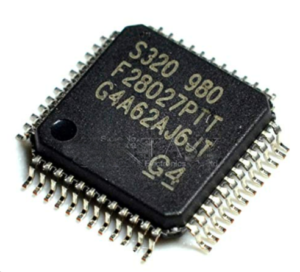 Restoring Texas Instrument DSP TMS320F28027 MCU Flash Binary
Restoring Texas Instrument DSP TMS320F28027 MCU Flash Binary
Restoring Texas Instrument DSP TMS320F28027 MCU Flash Binary its a process of extract microcontroller tms320f28027 flash data and copy it to new MCU;

The TMS320F2027 Flash and OTP wait-states can be configured by the application. This allows applications running at slower frequencies to configure the flash to use fewer wait-states which can be treated as a flaw to attack protective tms320f28026 dsp mcu memory.
Flash effective performance can be improved by enabling the flash pipeline mode in the Flash options register. With this mode enabled, effective performance of linear code execution will be much faster than the raw performance indicated by the wait-state configuration alone.

obnovit Texas Instrument DSP TMS320F28027PTT zamčený firmware vestavěné flash paměti MCU a extrahovat binární soubor nebo heximální data je proces ochrany mikrokontroléru zabezpečeného proti přerušení TMS320F28027PTT a zkopírování zdrojového kódu do nového šifrovaného mikroprocesoru TMS320F28027;
The exact performance gain when using the Flash pipeline mode is application-dependent. For more information on the Flash options, Flash wait-state, and OTP wait-state registers, see the TMS320x280x, 2801x, 2804x DSP System Control and Interrupts Reference Guide (literature number SPRU712).
The C2802 contains 32K x 16 of ROM, while the C2801 contains 16K x 16 of ROM.

vratiti Texas Instrument DSP TMS320F28027PTT zaključani MCU ugrađeni firmware flash memorije i izvući binarnu datoteku ili heksimalne podatke je proces prekida osiguran mikrokontrolerom TMS320F28027PTT sustav zaštite očitavanja i kopirati izvorni kod na novi šifrirani mikroprocesor TMS320F28027;
All 280x devices contain these two blocks of single-access memory, each 1K x 16 in size. The stack pointer points to the beginning of block M1 on reset. The M0 and M1 blocks, like all other memory blocks on C28x devices, are mapped to both program and data space.

a Texas Instrument DSP TMS320F28027PTT zárolt MCU beágyazott flash memória firmware-ének visszaállítása és a bináris fájl vagy heximális adatok kibontása a TMS320F28027PTT mikrokontroller letörés elleni védelmi rendszerének és a forráskódnak az új, titkosított TMS320F28027 mikroprocesszorra másolásának folyamata;
Hence, the user can use M0 and M1 to execute code or for data variables. The partitioning is performed within the linker. The C28x device presents a unified memory map to the programmer. This makes for easier programming in high-level languages